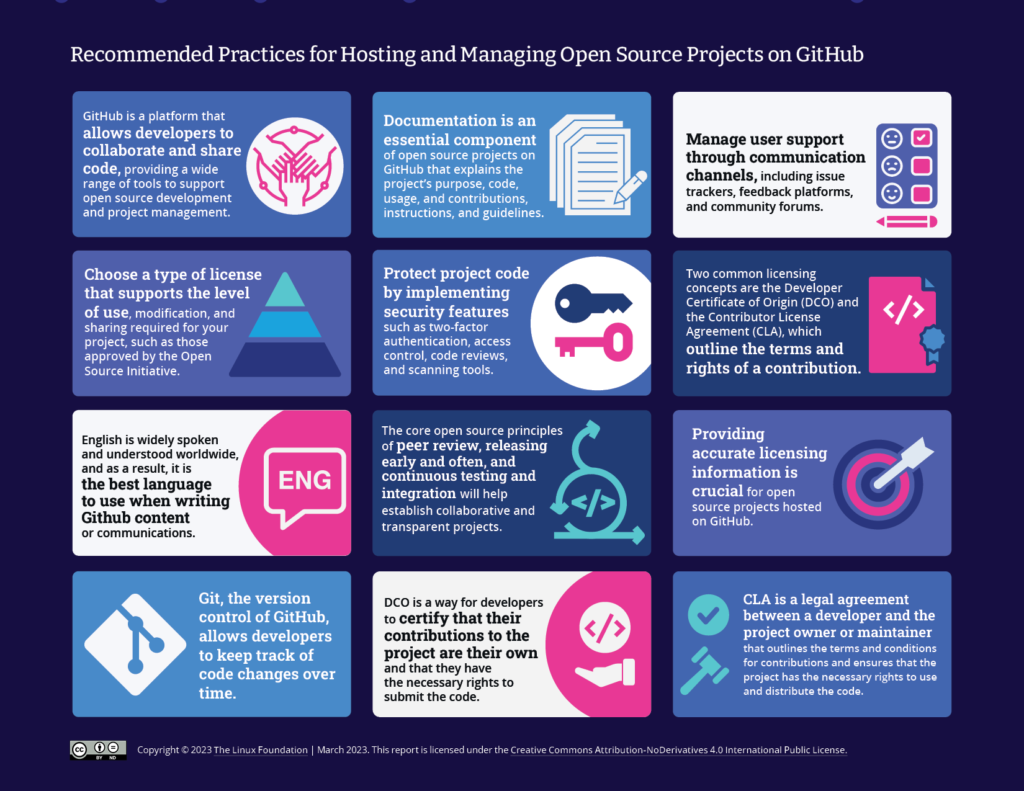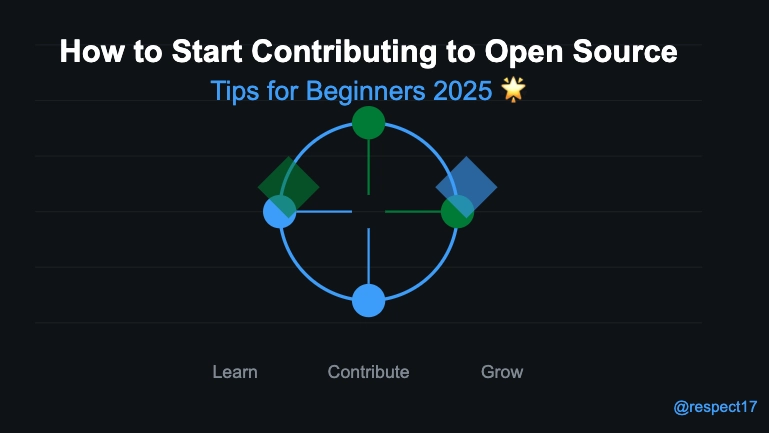Table of Contents
- Introduction
- Why Contribute to Open Source?
- What Is the Outercurve Foundation?
- Preparing for Your First Contribution
- Finding the Right Project
- Understanding Repository Structure
- Setting Up Your Environment
- Making Your First Change
- Submitting a Pull Request
- Following Community Guidelines
- Common Mistakes to Avoid
- The Value of Mentorship and Feedback
- Beyond Code Contributions
- Next Steps and Continuous Contribution
- Conclusion
Introduction
Contributing to open source is one of the most rewarding experiences a developer can have. It’s not just about writing code — it’s about collaboration, learning, and improving the software that millions depend on. This article, titled Your First Contribution: Steps to Contributing Code to an Open Source Project on Outercurve, provides a step-by-step roadmap for making your first meaningful open source contribution through the Outercurve Foundation.
Outercurve supports developers who want to engage in open source responsibly, offering structure, governance, and community support. Whether you’re fixing a small bug, improving documentation, or building a new feature, this guide will help you contribute confidently and effectively.
Why Contribute to Open Source?
Open source is more than free code — it’s a culture of transparency and collaboration. Contributing to projects offers many benefits:
- Skill Development: Learn real-world software engineering practices.
- Networking: Connect with experienced developers and industry professionals.
- Portfolio Building: Showcase your skills publicly through platforms like GitHub.
- Giving Back: Improve tools and frameworks you already use in your projects.
By joining Outercurve, you become part of a network that values collaboration, licensing clarity, and sustainable innovation.

What Is the Outercurve Foundation?
The Outercurve Foundation is a non-profit organization that provides legal, structural, and governance support for open source projects. Originally founded as the CodePlex Foundation, it was rebranded to Outercurve to promote a broader, more inclusive approach to open source collaboration.
Outercurve’s mission is to help developers and organizations contribute safely to open source. It manages aspects like licensing, contributor agreements, and best practices so developers can focus on writing great code.
Projects under Outercurve include well-known initiatives like NuGet and Orchard CMS, both of which have thrived due to open collaboration and strong community engagement.
Preparing for Your First Contribution
Before jumping into code, preparation is key. Here’s how to get ready for your first contribution:
- Understand Git and GitHub: Most open source projects use Git for version control. Familiarize yourself with commands like
clone,commit, andpull request. - Set up your accounts: Create a GitHub account and configure your SSH keys for secure communication.
- Learn the basics of licensing: Review how open source licenses work through resources like the Open Source Guides and Open Source Initiative.
- Choose your tech stack: Outercurve projects primarily use .NET, C#, and web technologies, but contributions in documentation or design are equally valuable.
Preparation ensures that your contribution is smooth and aligned with community expectations.
Finding the Right Project
Choosing the right project increases your chances of success and enjoyment. To get started:
- Visit Outercurve’s project listings to see active repositories.
- Look for issues labeled as “good first issue” — they’re perfect for beginners.
- Read through the project’s
README.mdto understand its purpose, setup, and contribution process. - Check how active the project is by reviewing recent commits and pull requests on GitHub.
Finding a project that matches your interests and skills is key to staying motivated.
Understanding Repository Structure
Before contributing, it’s essential to understand how a typical open source repository is organized:
README.md— explains what the project does and how to get started.LICENSE— outlines the project’s open source license (e.g., MIT, Apache 2.0).CONTRIBUTING.md— details how to contribute code, report issues, or request features.src/orlib/— contains the main source code.tests/— includes unit or integration tests.
Understanding this structure helps you navigate the codebase effectively and identify where your contribution fits.

Setting Up Your Environment
After choosing a project, you’ll need to set up a local development environment. Follow these general steps:
- Fork the repository to your GitHub account.
- Clone it locally using
git clone. - Install the required dependencies (check the project’s documentation).
- Run the tests to ensure your setup works correctly.
Some projects may also include a build.sh or build.ps1 script for automated builds. Running these ensures your environment mirrors that of other contributors.
Making Your First Change
Start small. Many successful contributors began by fixing typos or improving documentation. This helps you learn the project workflow before tackling larger issues.
Steps for making your first change:
- Create a new branch using
git checkout -b fix-typo-readme. - Make your change and commit with a clear message (e.g.,
Fix typo in README). - Push your branch to your GitHub fork.
Once done, you’re ready to submit your first pull request (PR).
Submitting a Pull Request
A pull request is how you propose changes to a project. Here’s how to create one:
- Go to your fork on GitHub and click “Compare & pull request.”
- Describe your changes in detail — what you fixed, why, and how it was tested.
- Reference any related issues using “Fixes #issue-number.”
- Submit the PR and wait for review.
Maintainers will review your code, suggest improvements, or approve it. Be patient and open to feedback — it’s an essential part of the process.
Following Community Guidelines
Every Outercurve project follows a Code of Conduct to ensure respectful and inclusive collaboration. Always:
- Be polite and professional in discussions.
- Credit other contributors.
- Follow the project’s coding standards and naming conventions.
- Test your changes before submission.
Good communication and humility go a long way in building trust with maintainers.
Common Mistakes to Avoid
Beginners often make avoidable mistakes when contributing to open source. Here are some to watch out for:
- Not reading the
CONTRIBUTING.mdfile before submitting. - Making large, unrelated changes in a single pull request.
- Ignoring review feedback or becoming defensive.
- Failing to test changes locally before pushing.
Avoiding these mistakes will help your contributions get accepted faster and earn you a positive reputation in the community.
The Value of Mentorship and Feedback
One of the greatest benefits of contributing to Outercurve projects is mentorship. Experienced maintainers often guide new contributors through code reviews and discussions. Embrace feedback — it’s the fastest way to grow as a developer.
Communities thrive when members help one another. Don’t hesitate to ask questions in GitHub Discussions or project chat channels. Your curiosity benefits everyone involved.
Beyond Code Contributions
Contributing isn’t limited to writing code. Outercurve values all types of contributions:
- Documentation: Improve guides, examples, or installation instructions.
- Design: Contribute graphics, logos, or UI/UX improvements.
- Community Management: Help moderate forums or organize virtual meetups.
- Testing: Report bugs, suggest features, and verify fixes.
Every contribution counts — whether it’s a single line of code or a detailed tutorial.
Next Steps and Continuous Contribution
Once your first contribution is merged, congratulations! You’ve become an official part of the open source ecosystem. But don’t stop there — continuous contribution is how you build long-term impact.
Next steps:
- Subscribe to project updates and participate in discussions.
- Take ownership of modules or documentation areas.
- Mentor new contributors joining the project.
- Consider submitting a new feature or helping with project maintenance.
Over time, your consistent contributions can lead to recognition as a project maintainer — a major milestone in your open source journey.
Contributing to open source is not just about improving software — it’s about joining a global movement of collaboration and knowledge sharing. This article, Your First Contribution: Steps to Contributing Code to an Open Source Project on Outercurve, has outlined the essential steps for beginners to get started confidently.
From understanding licensing and repositories to submitting your first pull request, every step builds your skills and strengthens the community. The Outercurve Foundation makes this process accessible, ethical, and sustainable for developers worldwide.
So take the leap — explore a project, fix a bug, or improve documentation. Your first contribution might be small, but its impact can echo across the open source world.
Meta Description Recap:
